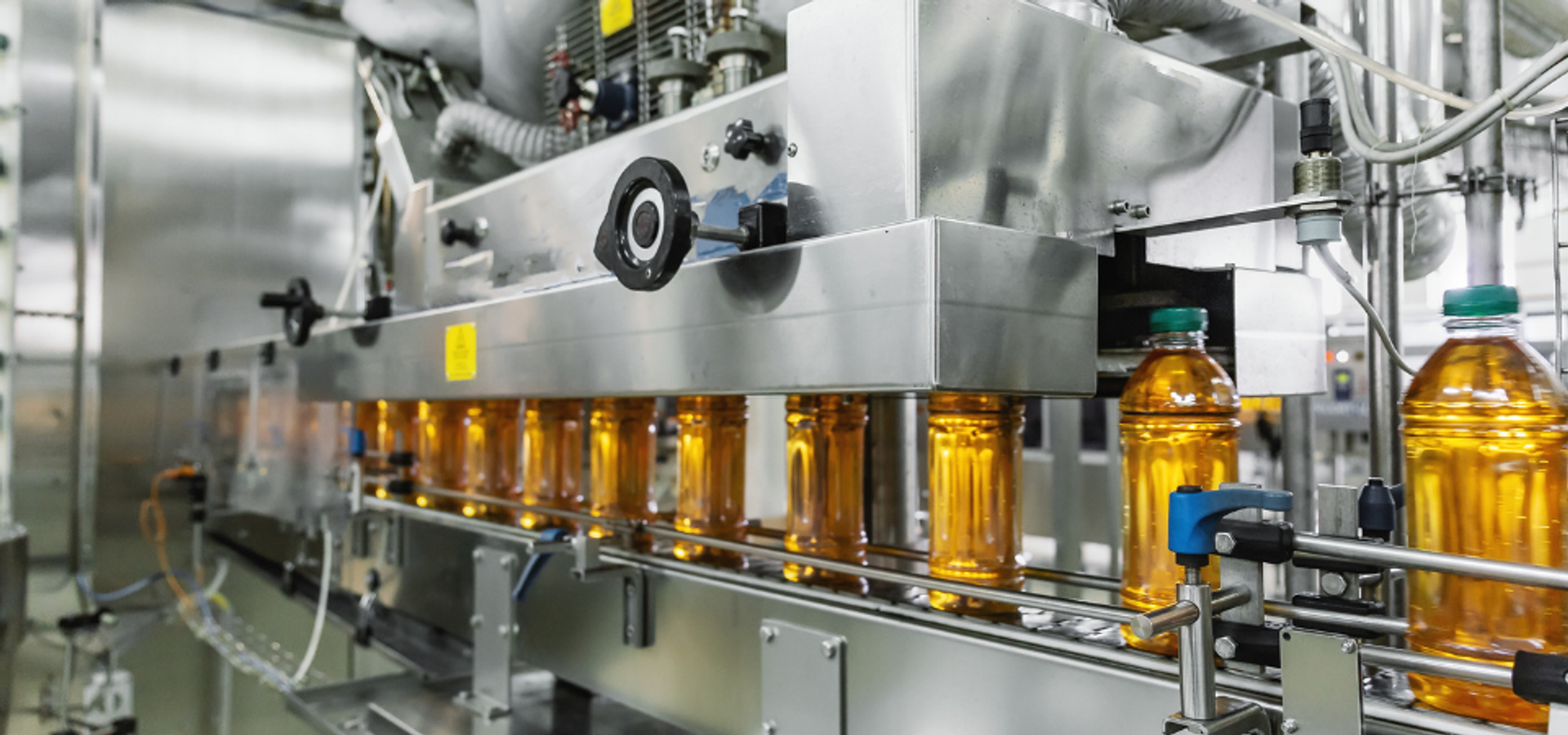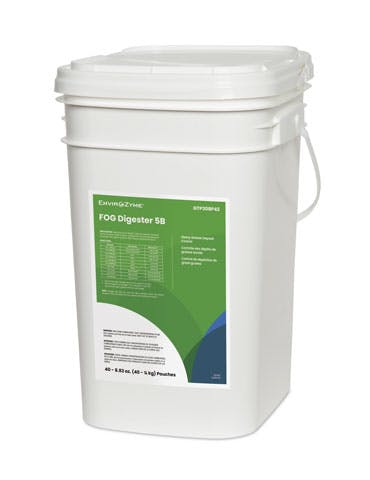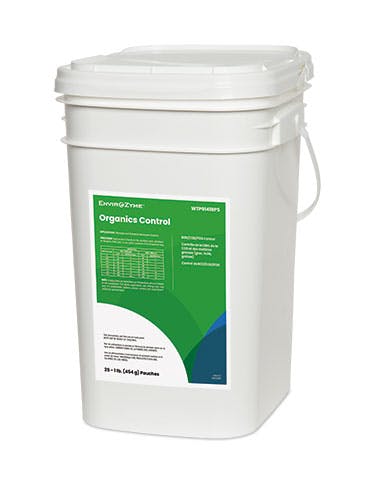
Case Study: Biological Treatment for Juice Company
Background
A juice company began biological treatment to help control the physicochemical parameters in their effluent. Physicochemical parameters are physical and chemical conditions that affect water quality, like pH and temperature. To comply with the juice company’s standards, levantine intermediate water (LIW) from the natural juice manufacturing processes were treated with EnviroZyme® FOG Digester 5B.
Treatment Plan
FOG Digester 5B is designed to reduce the accumulation of grease and fat deposits. It increases efficiency and performance, while preventing blockages and minimizing grease caps and fats, oils, and grease (FOG) buildup. Specifically, the juice company was looking to target chemical oxygen demand (COD) concentrations, total suspended solids (TSS) behavior, sludge purging, phosphoric acid consumption, urea consumption, and energy consumption. Additional benefits include:
- Improving sludge settlement
- Reduction of odor problems
From the end of April through June, 2.2 pounds of FOG Digester 5B (4 ¼ kg pouches) were added to the LIW daily. During this time, grapes were being processed in the plant. Out of all the fruits the juice company processes, grapes generate the most issues in the plant. FOG Digester 5B was tested in rigorous conditions for best results.
Results – COD Behavior

During the early stages of treatment, the COD concentrations in the effluent were not meeting the standard. After 1 month of application, COD concentrations were at 23 mg/L on average, to comply with the 70 mg/L expectation and their permit. A highly efficient biomass was formed during the first week of May and was able to be stabilized in 14 days. Further into treatment, the COD concentrations were within the standard and maintained stabilization.

On June 11, the system was impacted by 14,184 mg/L of COD. As a result, there was an effluent of 85 mg/L of COD on June 12. The system then stabilized at 19 mg/L of COD on June 13 due to the ongoing biological treatment. The low variation of the effluent load in June determines that the system has continued to be completely stable, even with the challenge occurring.
Results – TSS Performance

Despite different variations in the affluent, the TSS concentrations in the effluent were steady and compliant with the standard. The levels remained below the maximum effluent limit with assistance from the biomass in the biological reactor and regular treatment of the biological product.
Results – Sludge Behavior

The amount of sludge had significantly dropped over the 2 months. When treatment began at the end of April, there was a 64% reduction from April to May. There was a 90% reduction from May to June. It has been a cost-cutting benefit for the juice company.
Results – Macro and Micronutrient Consumption

Nutrient savings were observed throughout the study. More specifically, phosphoric acid and urea consumption were observed as these are usually added to the LIW. 8,496 L of phosphoric acid were used in March, while 13,060 L were used in April. In May, the number of liters used dropped to 6,293, and then again to 2,160 L in June. 6,756 L of urea were used in March, and 5,900 L were used in April. Once treatment began, 4,352 L in May were reduced to 0 liters in June. This provided a 100% savings and a 66% reduction in consumption overall. Total nutrient savings were $13,155.
Results – Energy Consumption

The amount of energy consumed during the study reduced by 62% compared to May and 72% compared to April. The total saving equals $9,210.
There was a 90% sludge reduction compared to May 2021, which equals a saving of $25,000. The total cost savings from the study was $47,368.
FOG Digester 5B helped the juice company achieve its goal of stabilizing and controlling physicochemical parameters. As a result, there was a 90% sludge reduction compared to May 2021, which equals a saving of $25,000. The total cost savings from the study was $47,368. FOG Digester 5B improved other areas of the wastewater, including a reduction in nutrients, sludge, and energy which had significant cost savings that is included in the total cost savings. The product also supplied enough nutrients in a balanced and equilibrated way so extra phosphoric acid and urea are not needed.
Since the conclusion of the study, the juice company switched to Organics Control, a newer and more improved version of FOG Digester 5B. With this new product, they have seen even better results than what was reported with FOG Digester 5B.

